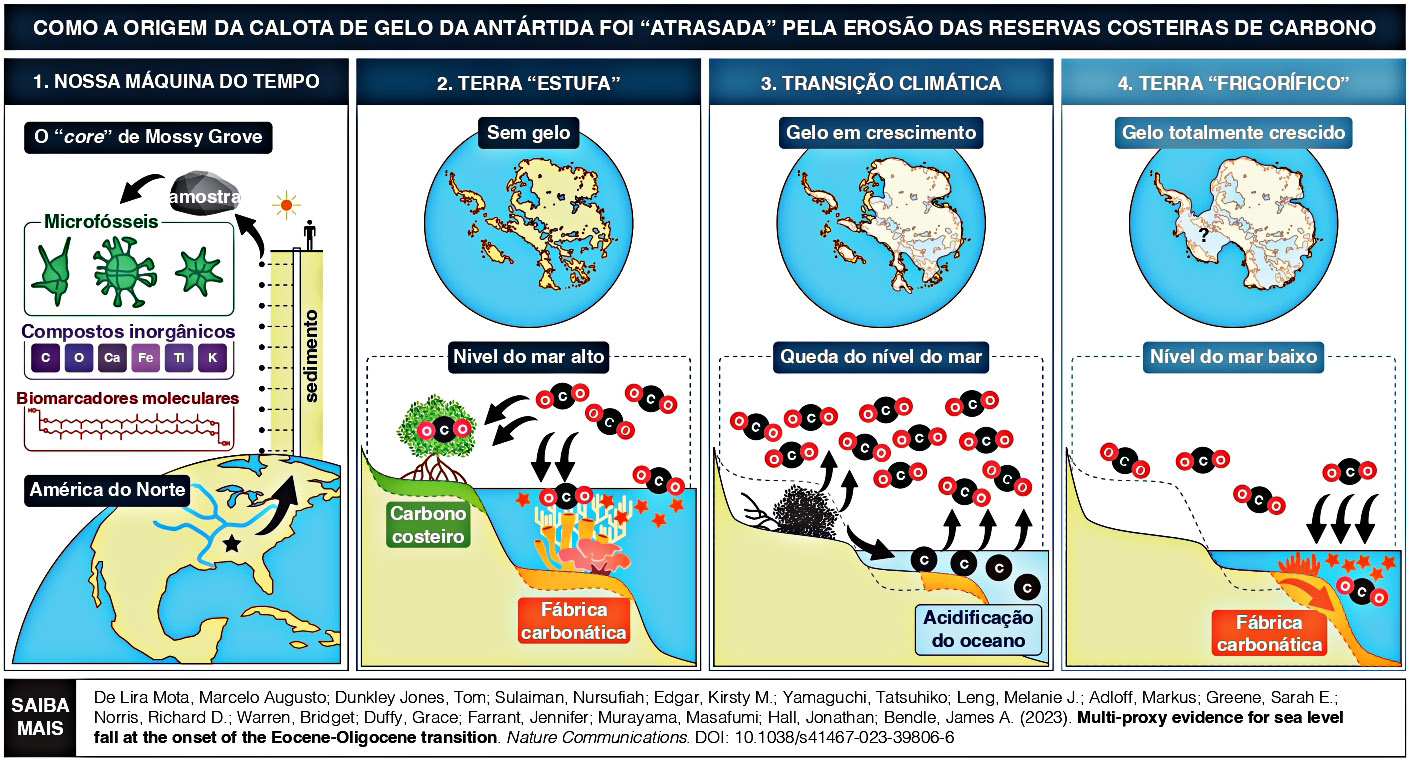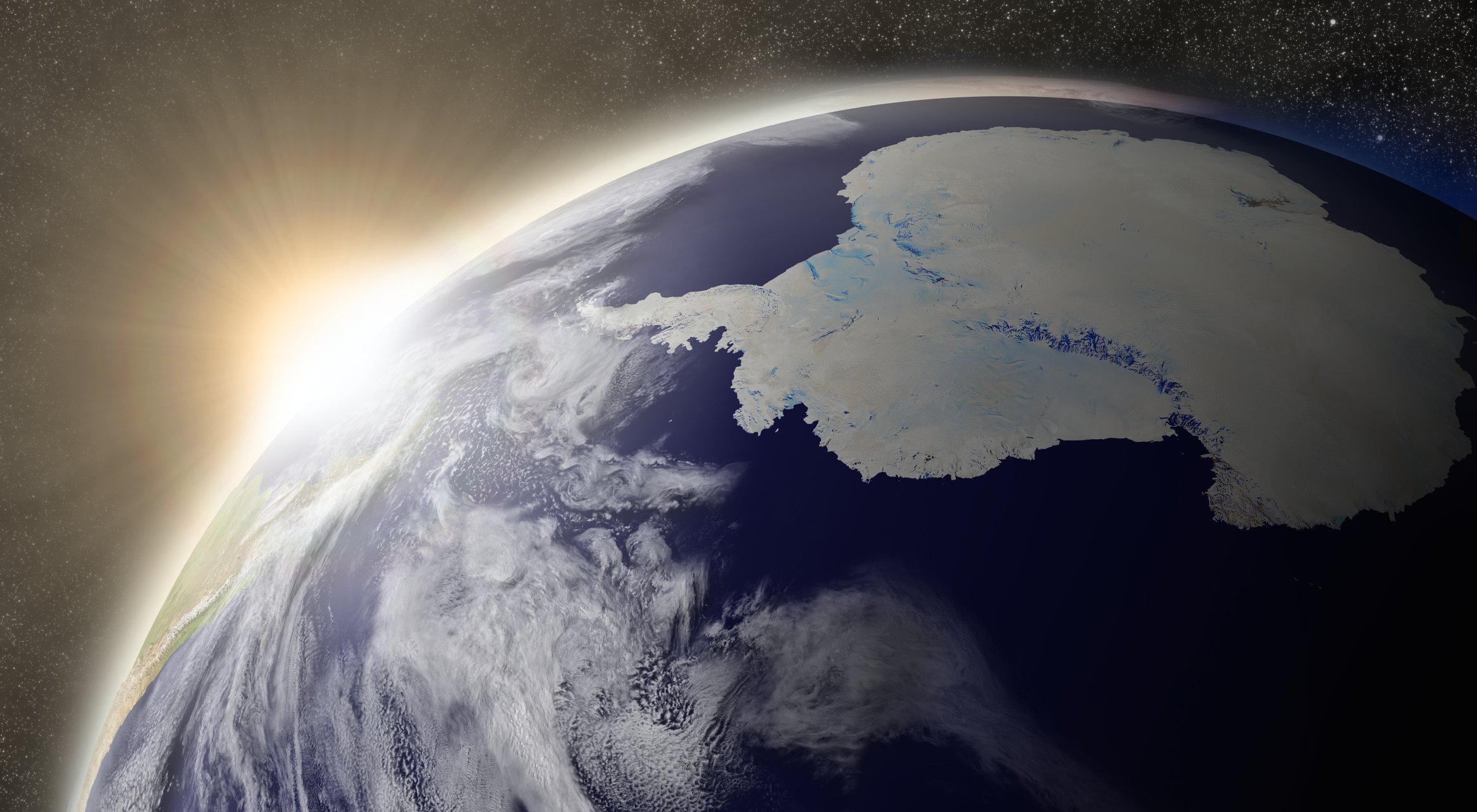A new paper published Sunday (3) in the journal Nature Communications provides unprecedented clues about the formation of massive Antarctic glaciers. a dramatic climate shift that occurred on Earth about 34 million years ago. The material was found in mud cores near the city of Jacksonville, the capital of the US state of Mississippi.
The event, called the Eocene-Oligocene Transition (EOT), occurred during the second to third geological period of the Cenozoic Era and was characterized by a series of drastic climate changes. The planet has moved from a warmer “greenhouse” climate to glacial temperatures with drastic ocean changes, mass extinctions of species, and isotopic changes in geology.
“We extracted information from Mississippi mud to answer an important question about how Antarctic ice expanded greatly to the continental scale,” said senior author Tom Dunkley Jones, a micropaleontologist and paleochinographer at the University of Birmingham in the United Kingdom. The institution leading the project, which was created by scientists from six countries, including Brazil.
Sea sinking and “braking” in frost
According to the research, a global consequence of ice sheet formation during the EOT was: a sharp drop in sea level by about 40 meters, begins a paradoxical “arm wrestling”. Glaciers have captured carbon dioxide (CO2) in the atmosphere on the one hand, and exposed large tracts of land that were previously inundated as a result of the retreat of the coastline, on the other.
The coastal areas exposed by the falling seas have exposed soft sediments due to intense erosion caused by rains and rivers. “Think of present-day tropical mangroves,” say the scientists, who are exposed to airborne oxygen and made available for a feast of bacteria; that is, they convert matter back into carbon dioxide to be released into the atmosphere.
Digging deep in sea clay

The authors say the EOT could be considered the largest climate cooling event on the planet: Large amounts of CO2 emissions from coastal areas around the Mississippi River basin may have acted as a “temporary brake on atmospheric cooling”.
The research team descended to a depth of about 137 meters to take samples of marine clays and compare them to EOT records in the Pacific Ocean.
According to the first author of the study, Dr. Marcelo A. De Lira Mota, “The events at the end of the Eocene show the close links between global carbon pools, atmospheric carbon dioxide, global climate, polar ice sheets and sea levels, including our soils, biosphere and coastal systems. We’d better pay attention to all of this.” , concludes the Brazilian.
Want to learn more about how Antarctic ice forms? So learn about more topics like this at TecMundo and take the opportunity to find out how tourism is accelerating the melting of ice on the frozen continent.
Source: Tec Mundo
I’m Blaine Morgan, an experienced journalist and writer with over 8 years of experience in the tech industry. My expertise lies in writing about technology news and trends, covering everything from cutting-edge gadgets to emerging software developments. I’ve written for several leading publications including Gadget Onus where I am an author.












